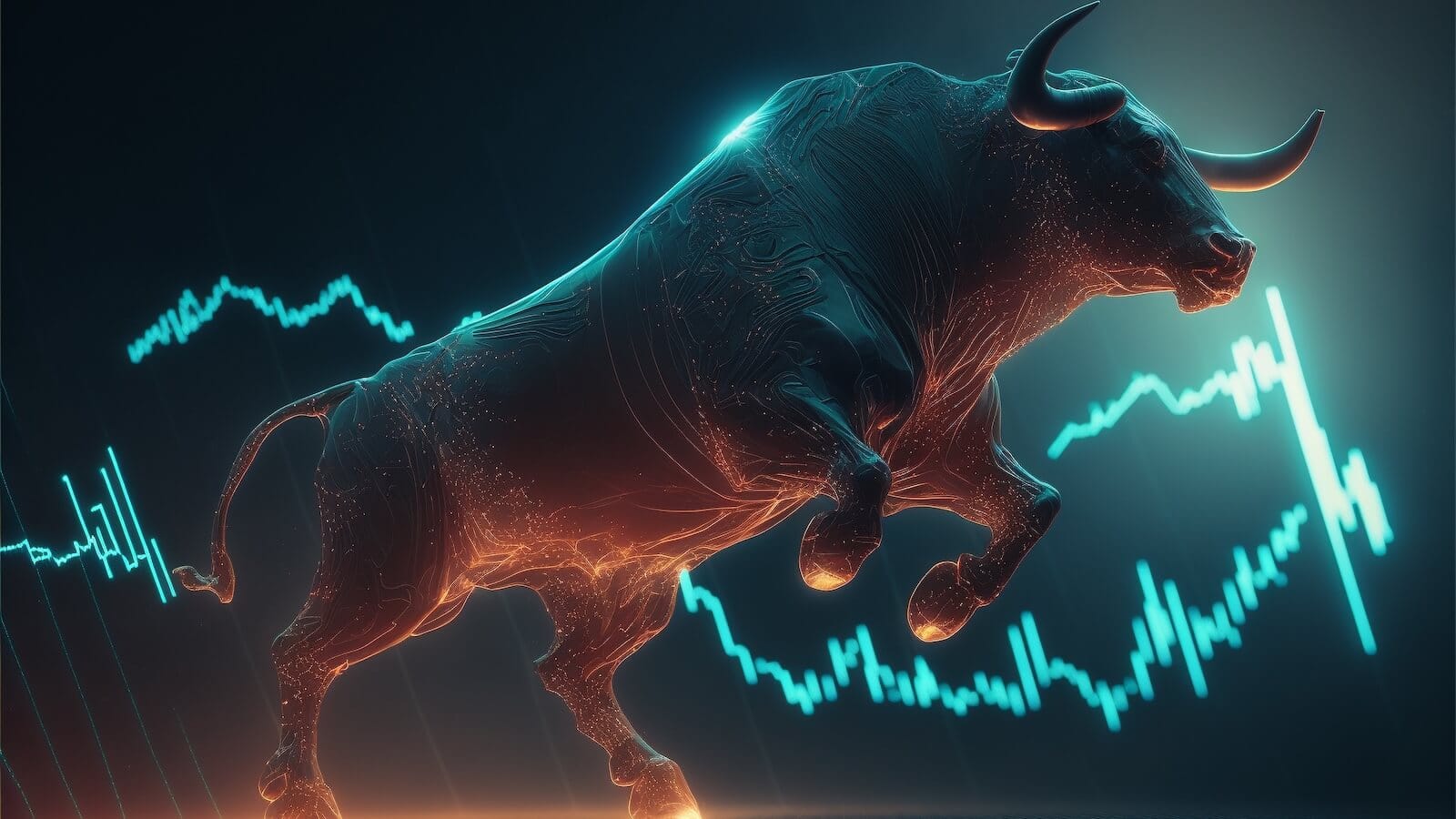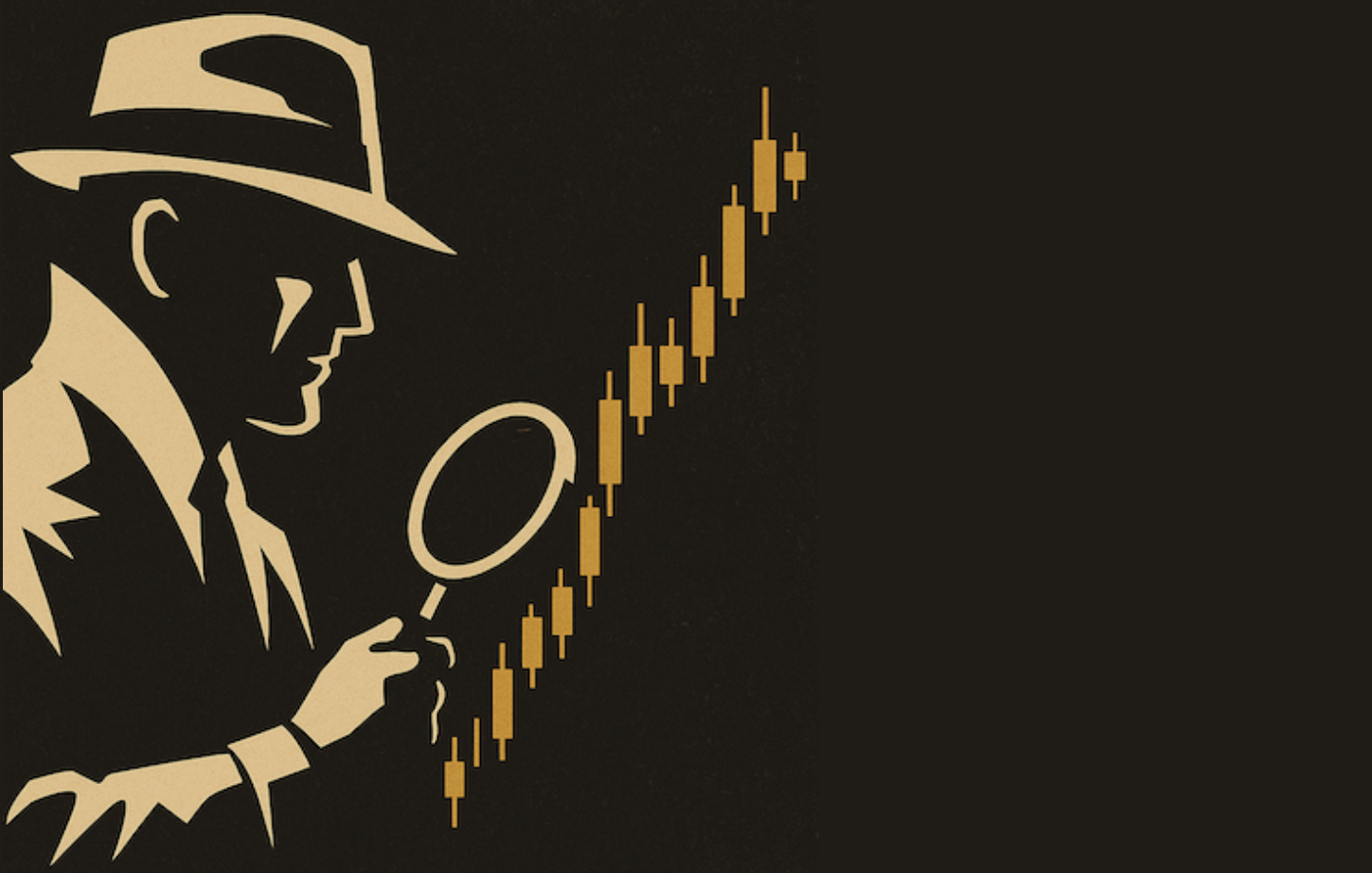BERNANKE COMMENTS AND STOCKS JUMP -- GOLD SURGES ABOVE FIRST RESISTANCE LEVEL -- OFFENSIVE SECTOR BULLISH PERCENT INDICES REMAIN STRONG -- UTILITIES IS THE WEAKEST OF THE DEFENSIVE SECTORS -- ENERGY BULLISH% INDEX IS THE WEAKEST OF ALL
BERNANKE TALKS AND STOCKS JUMP ... Link for todays video. Stocks started the week strong as dovish comments from Fed Chairman Bernanke encouraged the bulls. Bernanke noted that the Fed needed to extend its accommodative policies to encourage job growth. Most of us are familiar with the motto: dont fight the Fed. We can add the European Central Bank, Bank of England and Bank of Japan to this equation. Dont fight the big central banks when they team up to liquefy the world. Chart 1 shows the Russell 2000 ($RUT) surging towards 840 again this week. The index surged above 840 last Monday, but fell back on from Tuesday to Thursday. With the bounce over the last two days, the index established a minor support level with last weeks low. Failure to hold todays surge and a break below last weeks low would be negative. I am leaving key support with the early March low. A break below this level is needed to reverse the bigger uptrend. The indicator window shows the Price Relative ($RUT:$SPX ratio) edging higher the last two days as the Russell 2000 tries to recapture relative strength.

(click to view a live version of this chart)
Chart 1
Chart 2 shows the S&P 500 Equal Weight Index ($SPXEW) hitting a 52-week high last week and bouncing back above 210 early Monday. The same support levels apply here. The Price Relative ($SPXEW:$SPX ratio) remains in a downtrend and has yet to turn up.

(click to view a live version of this chart)
Chart 2
GOLD SURGES ABOVE FIRST RESISTANCE LEVEL... The prospect of more accommodation from the Fed is weighing on the Dollar and Treasuries, but benefitting gold, which likes the sound of a monetary printing press. Chart 3 shows the Gold SPDR (GLD) with Heikin-Ashi Candlesticks. I wrote about these last week and you can read more on them in our ChartSchool (click here). GLD retraced 61.80% of its prior advance, firmed in the 158-159 area and surged above 162 in early trading on Monday. Should these gains hold, GLD would break the first resistance level put forth last week and signal a continuation the January-February advance. Support at 158 would then become key support now. A strong breakout should hold and a quick move back below 160 would argue for a reassessment.

(click to view a live version of this chart)
Chart 3
Chart 4 shows the Silver Trust (SLV) surging above the wedge trendline with a move above 31 today. Despite this move, notice that SLV has yet to take out the 19-March high and is lagging GLD a bit. Silver, which is more industrial than gold, needs a little follow through for a breakout.

(click to view a live version of this chart)
Chart 4
P&F BUY AND SELL SIGNALS... The Bullish Percent Index shows the percentage of stocks in an index that are on a P&F buy signal. A P&F buy signal is a Double Top Breakout, which means the most recent X-Column as exceeded the prior X-Column. Chart 5 shows Pfizer (PFE) with a Double Top Breakout. A P&F sell signal is a Double Bottom Breakdown, which means the most recent O-Column exceeded the prior O-Column. Chart 6 shows FMC Technologies (FTI) with a Double Bottom Breakdown. A stock is either on a P&F buy signal or sell signal, with nothing in between. The Bullish Percent Index is a breadth indicator that measures the degree of participation by counting these signals.

(click to view a live version of this chart)
Chart 5

(click to view a live version of this chart)
Chart 6
NEW SAME SCALE TECHNIQUE... Before looking at the charts, note that there is a new price overlay available on SharpCharts that allows chartists to directly compare the Bullish Percent Indices. Simply select Price (same scale) and the price will line up with the scale of the main security. This means there is one scale for both securities. Chartists can use this technique to compare securities with the same scale, such as interest rates ($TNX, $FVX, $IRX).

(click to view a live version of this chart)
Chart 7
OFFENSIVE SECTOR BULLISH PERCENT INDICES REMAIN STRONG... This common scale makes it easy to compare the Bullish Percent Indices for several sectors. Chart 8 shows the BPIs for the four offensive sectors: consumer discretionary, finance, industrials, technology. All four are currently between 80 and 90 percent, which is relatively high. Even though this can be considered overbought, it is by no means a sign of weakness. The Finance Bullish% ($BPFINA) is clearly the strongest at 88.89%. The Technology Bullish% Index ($BPINFO), Consumer Discretionary Bullish% Index ($BPDISC) and the Industrials Bullish% Index ($BPINDY) are between 83 and 84 percent. The first to drop below the others would show relative weakness.

(click to view a live version of this chart)
Chart 8
Before leaving this chart, I would like to point out a few key moments over the last nine months. First, notice that the Technology Bullish% Index (green) held up the best during August and after the September decline. Holding up well during broad market weakness is a sign of relative strength. Second, notice that the Industrials Bullish% Index (gray) had the strongest surges in late August and mid October. Third, notice that the Consumer Discretionary Bullish% Index (blue) held up the best in December because it bounced around 60%.
UTILITIES BPI IS THE WEAKEST OF THE DEFENSIVE SECTORS... Chart 9 shows the Bullish Percent Indices for the defensive sectors: consumer staples, healthcare and utilities. These sectors are deemed defensive because the economy does not affect demand for their products as much as other sectors. The Utilities Bullish% Index ($BPUTIL) was the clear leader from August to mid January as the blue line held above 90% for almost three months. Sentiment changed in the second half of January as the Utilities Bullish% Index moved below the other two. The Consumer Staples Bullish% Index ($BPUTIL) and Healthcare Bullish% Index ($BPUTIL) remain near 90% and show strength.

(click to view a live version of this chart)
Chart 9
Before leaving this chart, notice that the Utilities Bullish% Index held up the best from August to October. The other eight sector BPIs dipped below 50% in early August, but the Utilities Bullish% Index held near 70%. Second, notice that the Consumer Staples Bullish% Index held up the second best from August to October. Healthcare was an exception this going around, but the defensive sectors usually hold up the best during a broad market decline.
ENERGY BULLISH% INDEX IS THE WEAKEST OF ALL... Chart 10 shows the Energy Bullish% Index ($BPENER) and the Materials Bullish% Index ($BPMATE). These two are together because they represent raw materials, such as energy products and industrial metals. These sectors do not fit into the offensive group or the defensive group. While the broad market continued higher in February and March, the Materials Bullish% Index peaked at the end of January and moved lower. However, the overall level remains high (80%) and we have yet to see a breakdown. The Energy Bullish% Index ($BPENER) is clearly the weakest of the nine sector Bullish Percent Indices (62.79%). This indicator peaked at the end of February and moved lower the last four weeks.

(click to view a live version of this chart)
Chart 10
RANKING THE SECTOR BULLISH PERCENT INDICES... The end-of-day market summary page shows the Bullish Percent Indices for the nine S&P sectors, plus a few other industry groups and stock indices. With a quick look at this table, chartists can determine the strongest and weakest sectors with a simple ranking. Sectors with the highest BPI scores show relative strength, while sectors with the lowest scores show relative weakness. Keep in mind that I a talking about the Bullish Percent Indices, not the price charts of the underlying SPDR. The consumer discretionary, consumer staples, finance, healthcare, technology and industrials BPIs are the strongest. Basically, six of the nine sector Bullish Percent Indices are relatively strong, which is bullish for the market overall. Also notice that the four offensive sectors are in this group, which is also a positive sign for the market.

(click to view a live version of this chart)
Chart 11
Even though none of the Bullish Percent Indices shows absolute weakness, it is clear that the energy, utilities and materials Bullish Percent Indies are the weakest, relatively speaking. First, they have the lowest scores overall. Second, the Bullish Percent Indices for these three have been moving lower the last four to eight weeks.










